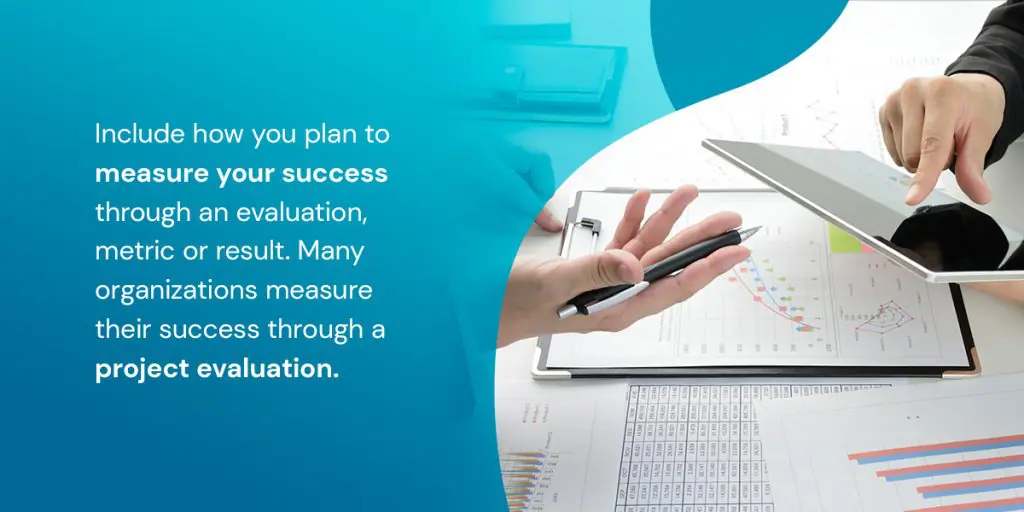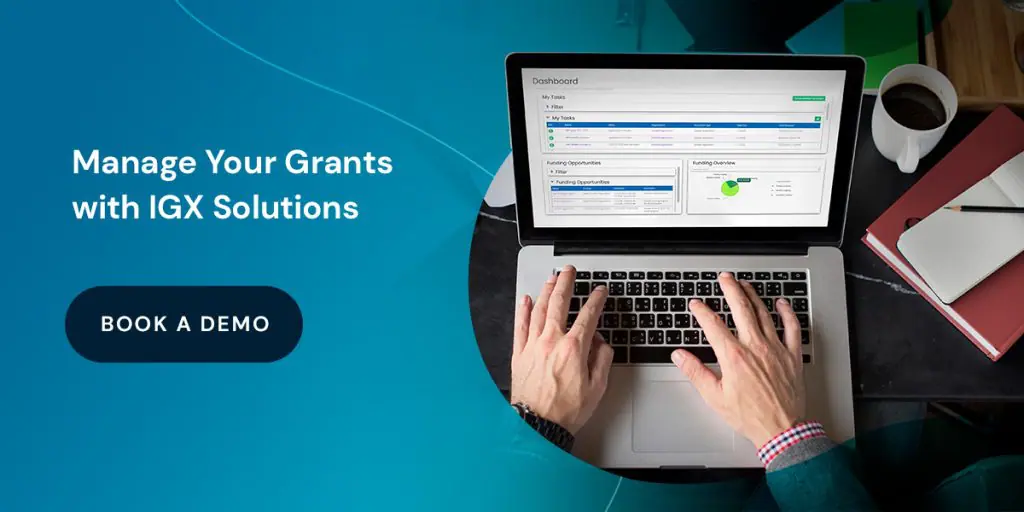

If your non-profit, government agency, or organization requires extra funds to achieve a goal or complete a community project, you may consider writing a grant proposal. Being awarded a grant can help your organization better assist the community or individuals you’ve pledged to support.
From the prewriting stage to the introduction, description and budget areas, you’ll want to be fully prepared to write the best grant proposal possible. To appeal to different funders and agencies, try to provide an overview of your company and how you plan to use the extra funds to accomplish your goals.
A grant proposal is a document that provides a clear, written outline of what your organization plans to do with the funds granted by a funder or agency. These proposals aim to convince granters to provide you with the funds and support needed to finish your project.
Understanding how to write a grant proposal can help persuade granters to provide you with funds. Writing a grant application comes with a variety of rules and regulations that any non-profit or company should be sure to follow. Explore these five aspects of grant writing to help you create a convincing application.
Planning a grant proposal ensures you create a clear and actionable proposal that appeals to various funders and agencies. One of the first things you’ll want to outline is what you want to achieve with the funding. Perhaps you plan to implement new research or accomplish a project that can improve the lives of people in the community.
Think about the topic of your research or project and how relevant it is to the community where you plan to use the funding. What kinds of research do you plan to delve into? What do your project methods apply to? The community or specific individuals?
After you figure out what you plan to do, you’ll want to clarify why you want to achieve your goals. Focus on what you need and why by exploring your inspiration for helping a specific audience. Why do you plan to help the community or individuals? What about the project makes you think you can assist the local area?
Some final questions you should ask include inquiries about how you plan to achieve your goals. This can help you find specific funders or agencies that agree with your values and mission. Try looking online for granters that agree with your project and organization’s purpose.
One of the best ways to see if a grant company is a good fit is to write a cover letter to the company. Cover letters should include short and direct information about your company and organizational goals. Many grantees will then approve this letter and ask for a professional proposal. Writing a cover letter often sets you up for success, allowing you to write for a funder already interested in your project.
The first step to writing your grant is to introduce your organization and the needs of the non-profit or agency. You’ll want to include an introduction that provides factual information in which a funder may be interested. Try to think about the questions the agency may have and answer those questions in the introduction.
Some facts may include the following:
Included in the introduction sections should be a problem statement. This statement outlines why your organization or non-profit needs assistance. Try to explain in detail why your local area has a problem and how you can provide a solution to that problem. Granters can often be convinced of your reliability if you include detailed research that shows a history of the problem, solutions that have worked or failed and how your solution can improve the community.
Use quantitative data to display the solution to the area’s needs. An example of a problem statement might be something like:
Based on initial research and a (year) report from (institution/organization), this (town/community/area) has (outline issue/need you’ll address). [Highlight any other studies or research here]. Due to these findings, our organization believes in the importance of (highlight potential solution) to deal with these issues and needs.
There is a need for (outline needs and solutions). To solve this issue, (your non-profit) proposes a (your non-profit program) that can address (outline of problem/topics your program will address).
Next, you’ll want to describe the project and how you plan to track its success. Try to answer common funder questions about your process as often as possible. Some questions asked may include – what are your goals? What will the outcome be? How will you achieve your goals? Using what methods? How will you track your success? What is your current timeline?
To clarify your expected outcomes and goals for the project, ensure you clearly state your objectives during this section. Try to detail how some questions will be answered by writing how you plan to achieve your goals. Include information like – new hires and their skills, extra facilities, transport information, support services required, management and their methods, and individual tasks on the project schedule.
Such details can ensure that you will also track the project’s success successfully. Make sure you include how you plan to measure your success through an evaluation, metric, or result. Many organizations measure their success through a project evaluation.
You will analyze the tasks performed and their results during a project evaluation. An example of some feedback given in an assessment includes community feedback, internal evaluation, or external evaluation. Often, a hired third party completes an external review and can oversee your results.

A grant proposal budget outlines how you plan to use the money from the potential funder. In your budget section, detail every expenditure and a justification for those areas. Try to be as accurate as possible, as overcharging or underquoting could put your organization in a bad light.
Your budget should be thoroughly researched and include exact details on everything from travel costs and supplies to staff salaries or marketing. Double-check your numbers before submitting the proposal, and include a visual representation to help the funder understand your needs.
Some elements in the visual table may include — the item, quantity, cost, and total of each specific item and all times combined.
Some other helpful tips include paying attention to the funder’s interests, organizing your ideas in lists, looking at all kinds of grants, and exploring successful sample proposals.
When looking at an agency’s interests, try to use the same keywords in your proposal that they implement in their personal goals and mission statements. Without being heavy-handed, a general understanding of the company’s values can work in your favor.
Numbered lists can help you organize your thoughts and better explain your project’s goals. For example, you can use phrases like “our four main goals are” or “our project will implement three different stages.” Numbered lists are easily skimmable and make it clear to your audience what you want to achieve.
Apply for numerous grants regardless of their size. Even if you secure a small commission, your success will show other agencies you are worth investing in.
It may also be beneficial to look at an example of a successful competitive proposal. You can use these proposals as grant writing resources or templates for your writing and grant management process.

At IGX Solutions, our company offers reliable grant management software to clients from government agencies and non-profit organizations. With over 120 satisfied clients across 34 states, we provide management assistance through our IntelliGrants® IGX, Core CVC™, and BEPro™ platforms.
Our service teams can help guide you through the process from beginning to end while suggesting design improvements along the way. Book a demo today or call to speak to a representative.